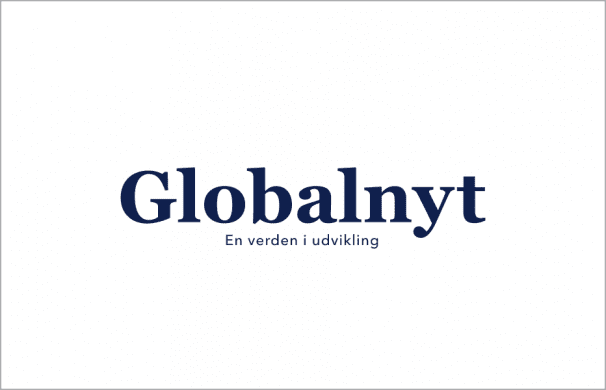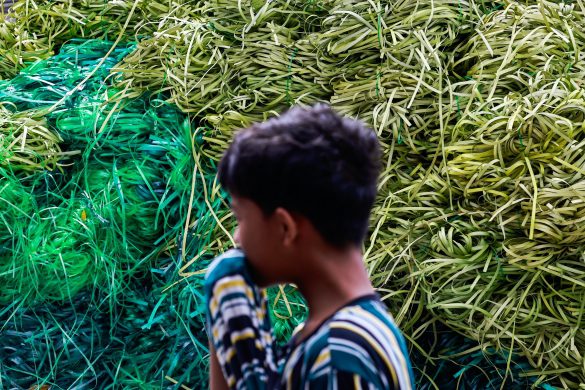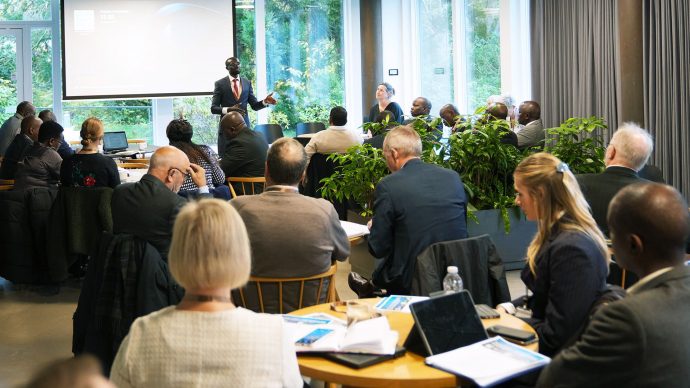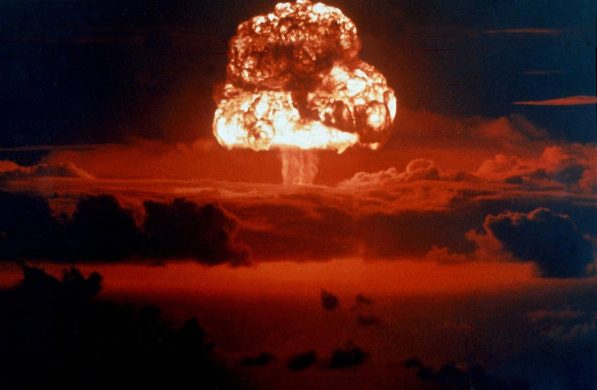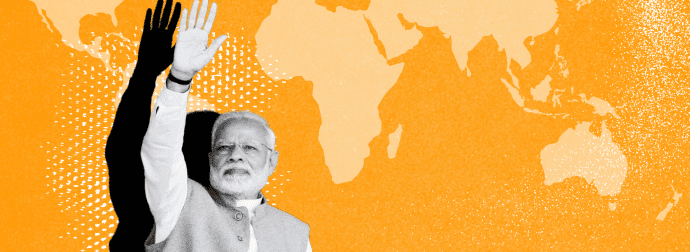Grundvandet i Bangladesh er truet af udtømning, hvilket kan medføre en total katastrofe i landet. Befolkningen er afhængig af kunstvanding til produktion af mad, og naturligvis af vand.
DHAKA, 13 December 2011 (IRIN): Experts warn rapid depletion (udtømning) of Bangladesh’s underground water table could jeopardize food and water security for millions throughout the country and also endanger the biodiversity of one of the world’s largest mangrove forests within the next two decades.
– We have been drawing groundwater recklessly. Since 2004 groundwater in Bangladesh has not been recharging, said Eftekhar Alam of the Bangladesh agricultural development corporation, an autonomous body under the Ministry of Agriculture.
Groundwater, unlike surface water such as ponds (damme), lakes and rivers, is located in water tables beneath the ground which are recharged by seepage (nedsivning) from rainfall; groundwater forms about 20 percent of the earth’s freshwater supply.
In the past the Bangladeshi government and researchers have promoted use of groundwater for irrigation (kunstvanding) to combat seasonal food insecurity among farmers who were otherwise dependent on the timing of monsoon rains for their harvest.
Dry season irrigation provided by groundwater is used for 80 percent of Boro rice cultivation – also known as winter rice – which made up almost 60 percent of the country’s annual grain production in 2007-2008.
During the peak of the dry season from March to April, 63 percent of the country’s irrigation comes from groundwater extraction by shallow tube wells, said Alam.
Overreliance
Overemphasizing groundwater extraction has created its own problems, he added.
Excessive reliance on groundwater versus surface water has been blamed for a 2010 water shortage in the capital of 46.7 million people (Dhaka) when troops had to guard water pumps to ration use.
Alam’s studies show Bangladesh’s groundwater is being extracted at the rate of 53 billion cubic metres a year, while it is only being recharged by 50 billion cubic metres. He and other experts say this will have two worrying long-term consequences.
First, shallow tube wells which typically go no deeper than 20 meters into the ground (used throughout the country by farmers and the general population for small-scale irrigation and drinking) will start to go dry as water levels fall below the depth the tube wells are able to reach.
Second, as the groundwater level drops below sea level there will be saltwater intrusion, with water from the Indian Ocean moving in to fill the underground vacuum.
According to Alam, the area nationwide where shallow tube-wells go completely dry during the peak of the dry season from March-April has increased by 45 percent from 6,664sqkm (kvadratkilometer) in 2004 to 9,638sqkm (kvadratkilometer) in 2010.
But it is the impact of salination that most concerns him.
– Dhaka’s underground will be fully swamped with saline water. When people break the earth for water, all they will find is saltwater. Fifty million throughout the country will be affected, he told IRIN, basing his estimate on the numbers of people who live in areas that may be affected, including the population of Dhaka where 97 percent of water demands are met by groundwater.
– The entire ecosystem and biodiversity of southern Bangladesh will be threatened, he concluded.
Southern Bangladesh is home to the Sundarbans the world’s largest mangrove forest and a UN Educational, Scientific and Cultural Organization (UNESCO) World Heritage Site.
– If the situation is not controlled this will happen within one or two decades, Alam added.
Invisible hazard
Læs videre på: http://www.irinnews.org/report.aspx?reportid=94454

